Ghost of Yotei Review Metacritic: Ratings, Pros & Cons Explained
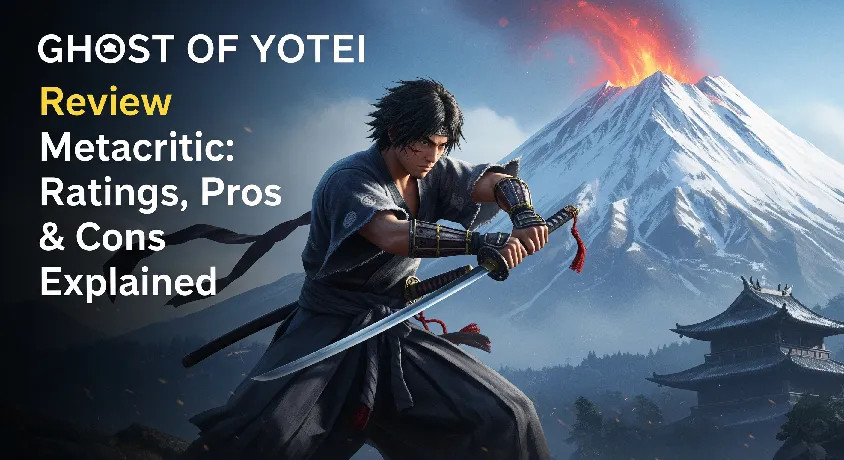
Developer: Sucker Punch Productions
Platform: PlayStation 5
Introduction
Following the success of Ghost of Tsushima, Sucker Punch Productions returns with a new chapter in their open-world samurai saga: Ghost of Yotei. This standalone sequel transports players to 17th-century Japan, introducing a fresh protagonist, Atsu, and a gripping tale of vengeance. But how does it stack up against its predecessor? Let’s dive into the details.
Story and Setting
Ghost of Yotei is set in the rugged terrains of Hokkaido, around the volcanic Mount Yotei. The game takes place 300 years after the events of Ghost of Tsushima, during a time when the region was divided among bandits, pirates, and small samurai clans. Atsu, a lone mercenary, embarks on a quest to avenge her family’s death at the hands of six formidable enemies known as “The Yotei Six.”
The narrative unfolds through a series of cinematic sequences and side quests, with a focus on character development and emotional depth. Critics have praised the story for its maturity and emotional resonance, though some noted pacing issues towards the latter half of the game.
Gameplay and Mechanics
Building upon the foundation laid by its predecessor, Ghost of Yotei refines its combat and exploration mechanics. Players can wield a variety of weapons, including katanas, yari (spears), yumi (bows), and the traditional kaginawa (grappling hook), allowing for diverse combat strategies and exploration techniques.
The game introduces a new progression system, focusing on skill trees that enhance combat abilities, stealth tactics, and survival skills. The dynamic weather system and day-night cycle further immerse players in the world, affecting both gameplay and visual aesthetics.
Visuals and Audio
Ghost of Yotei takes full advantage of the PlayStation 5’s hardware capabilities, delivering stunning visuals. The game’s environments are richly detailed, with lush forests, snow-covered mountains, and bustling villages. The lighting effects, particularly during sunrise and sunset, are breathtaking, adding to the game’s cinematic quality.
The audio design complements the visuals, with a hauntingly beautiful score composed by Toma Otowa. The sound design captures the ambiance of feudal Japan, from the rustling of leaves to the clashing of swords, enhancing the overall immersion.
Metacritic Reception
As of the latest reviews, Ghost of Yotei holds a Metacritic score of 87/100, based on 102 critic reviews. This marks an improvement over Ghost of Tsushima, which garnered an 83/100 score. Critics have lauded the game for its refined gameplay mechanics, engaging narrative, and visual fidelity.
However, some reviews have pointed out issues with pacing and the repetitiveness of certain side quests. Despite these critiques, the overall consensus is that Ghost of Yotei is a worthy successor to its predecessor and a standout title for the PlayStation 5.
Pros and Cons
Pros
- Engaging Story: A mature narrative with emotional depth.
- Refined Combat: Diverse weapons and combat strategies.
- Stunning Visuals: Detailed environments and cinematic presentation.
- Immersive Audio: A hauntingly beautiful score and realistic sound design.
- Improved Mechanics: Enhanced progression system and exploration tools.
Cons
- Pacing Issues: Some parts of the game feel drawn out.
- Repetitive Side Quests: Certain side activities lack variety.
- Limited Dialogue Choices: Some players may desire more narrative branching.
Comparison with Ghost of Tsushima
While Ghost of Yotei builds upon the foundation of Ghost of Tsushima, it introduces several improvements. The combat system is more fluid, the world is more expansive, and the narrative is more focused. However, some players may find the lack of major innovations a bit disappointing.
Overall, Ghost of Yotei is a worthy successor that refines the formula established by its predecessor, delivering an engaging and visually stunning experience.
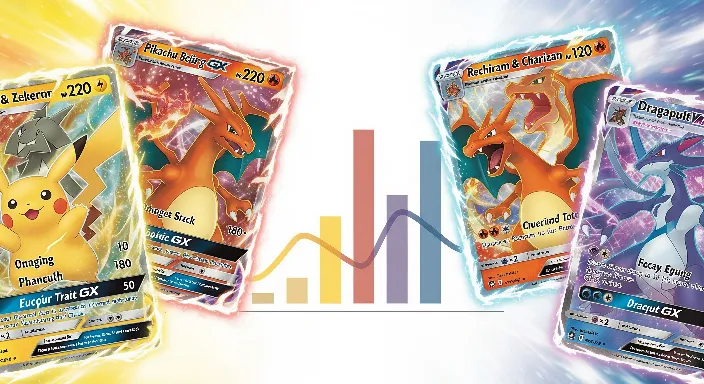
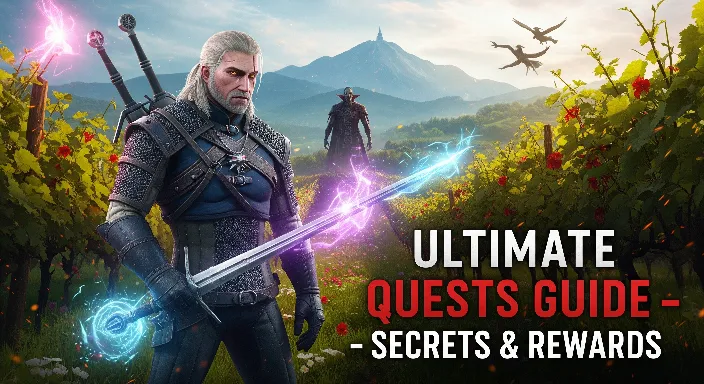
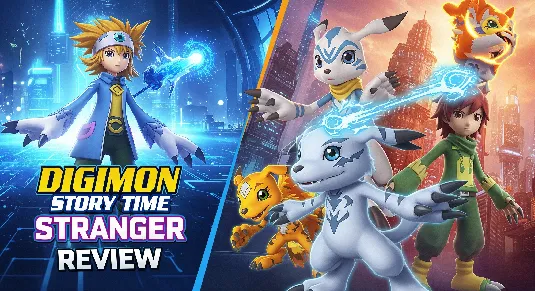
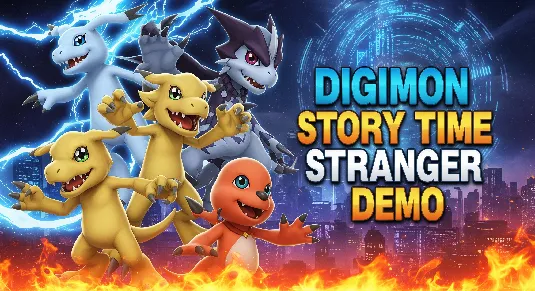
Leave a Reply